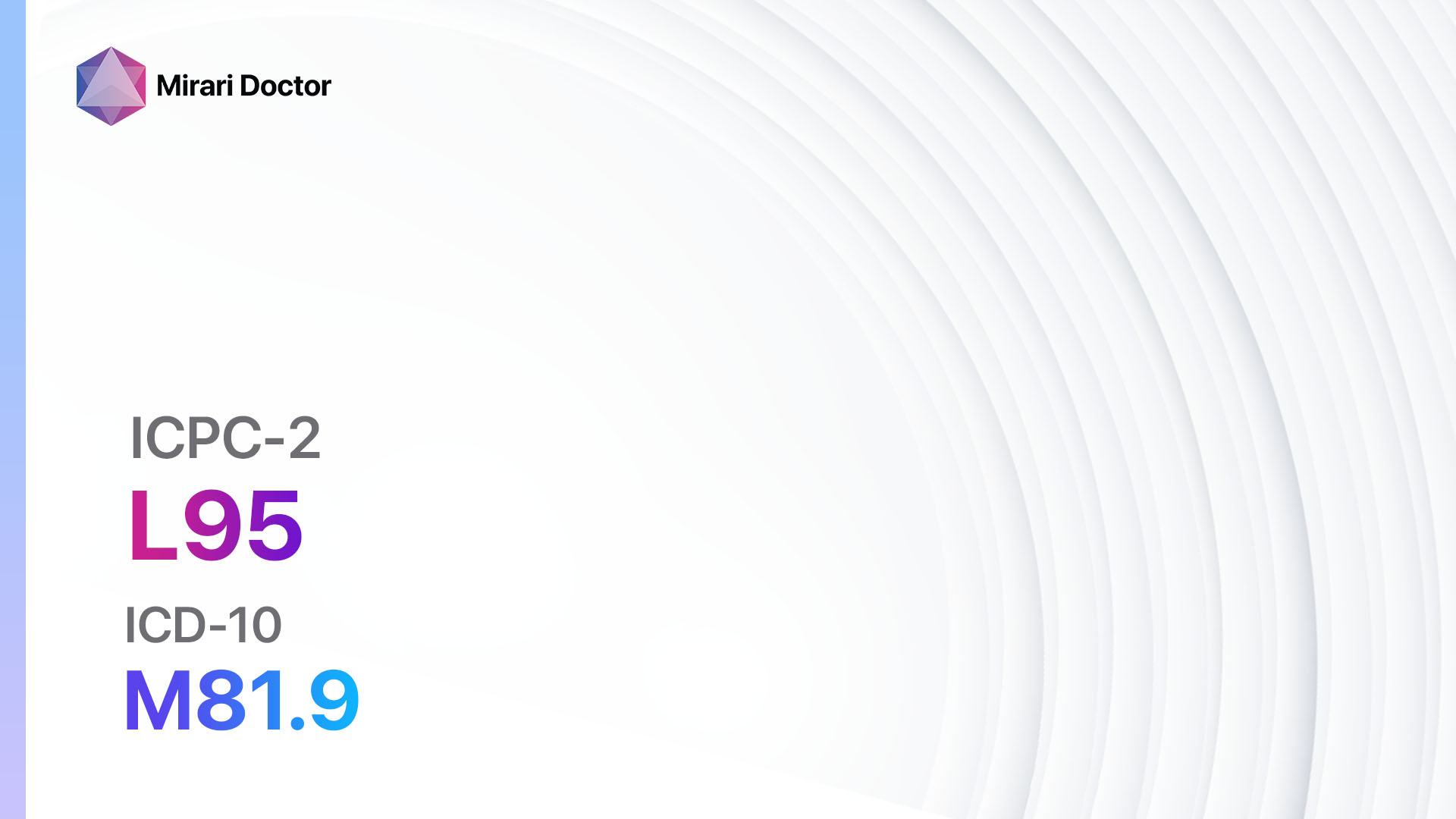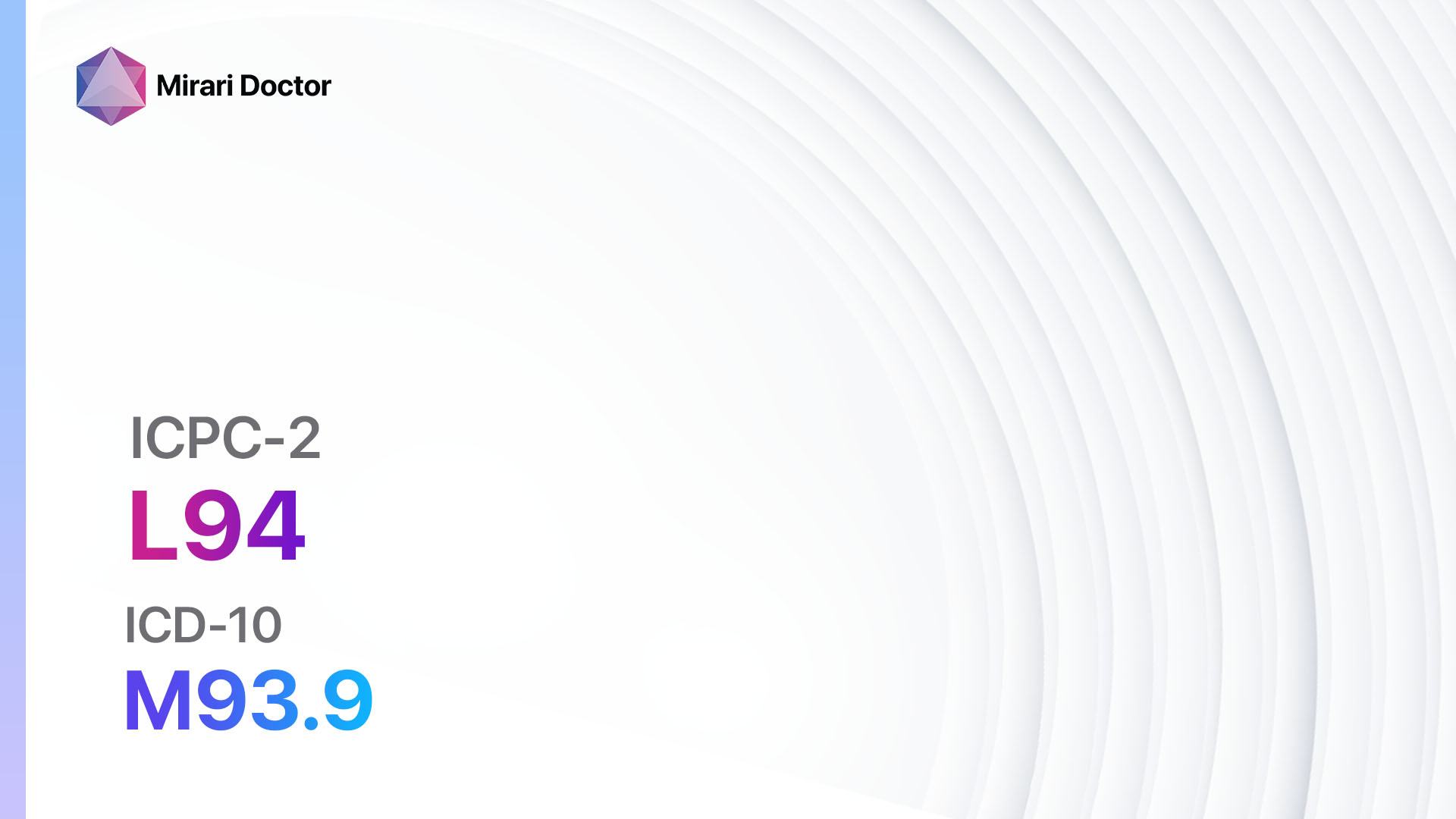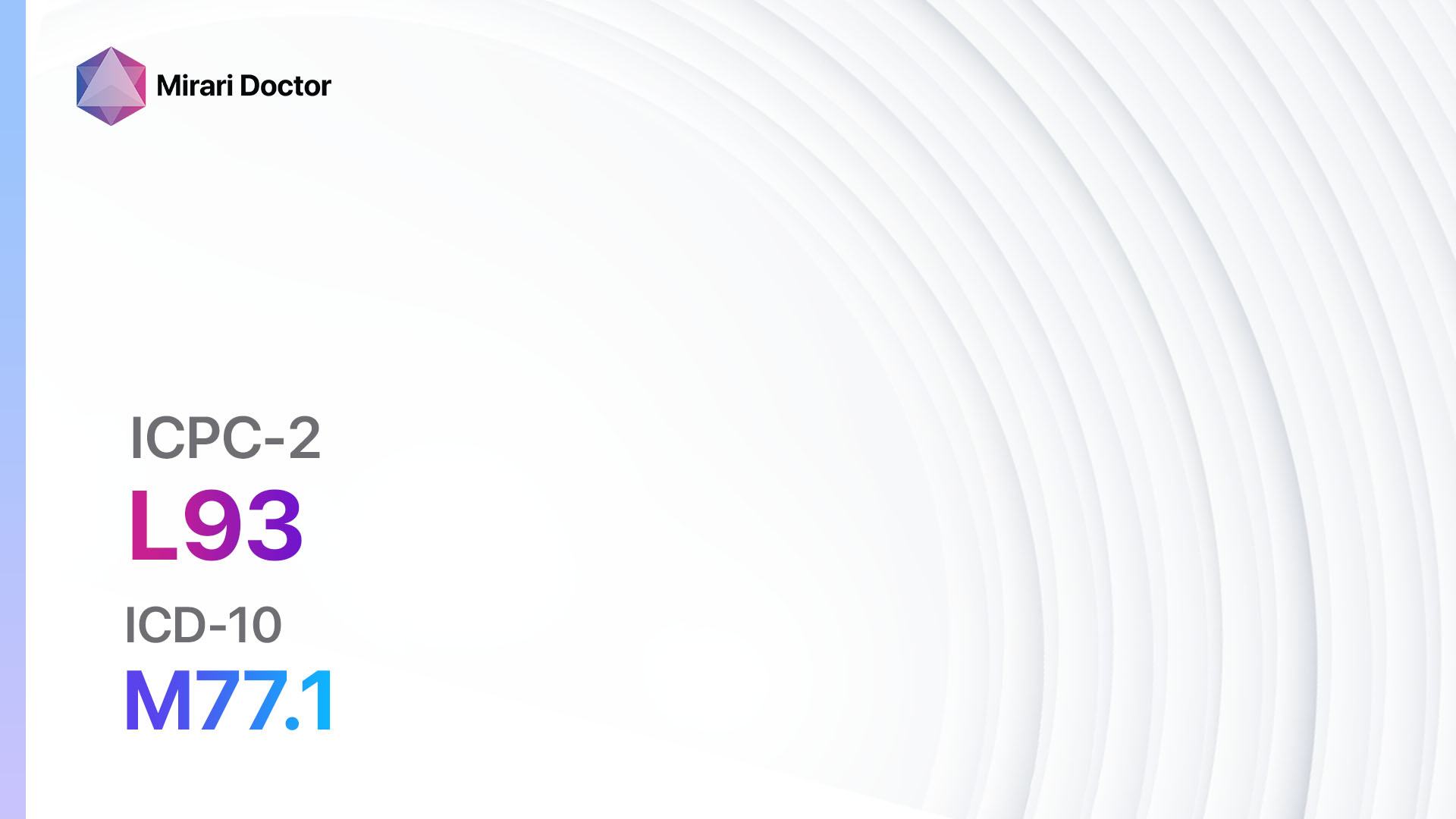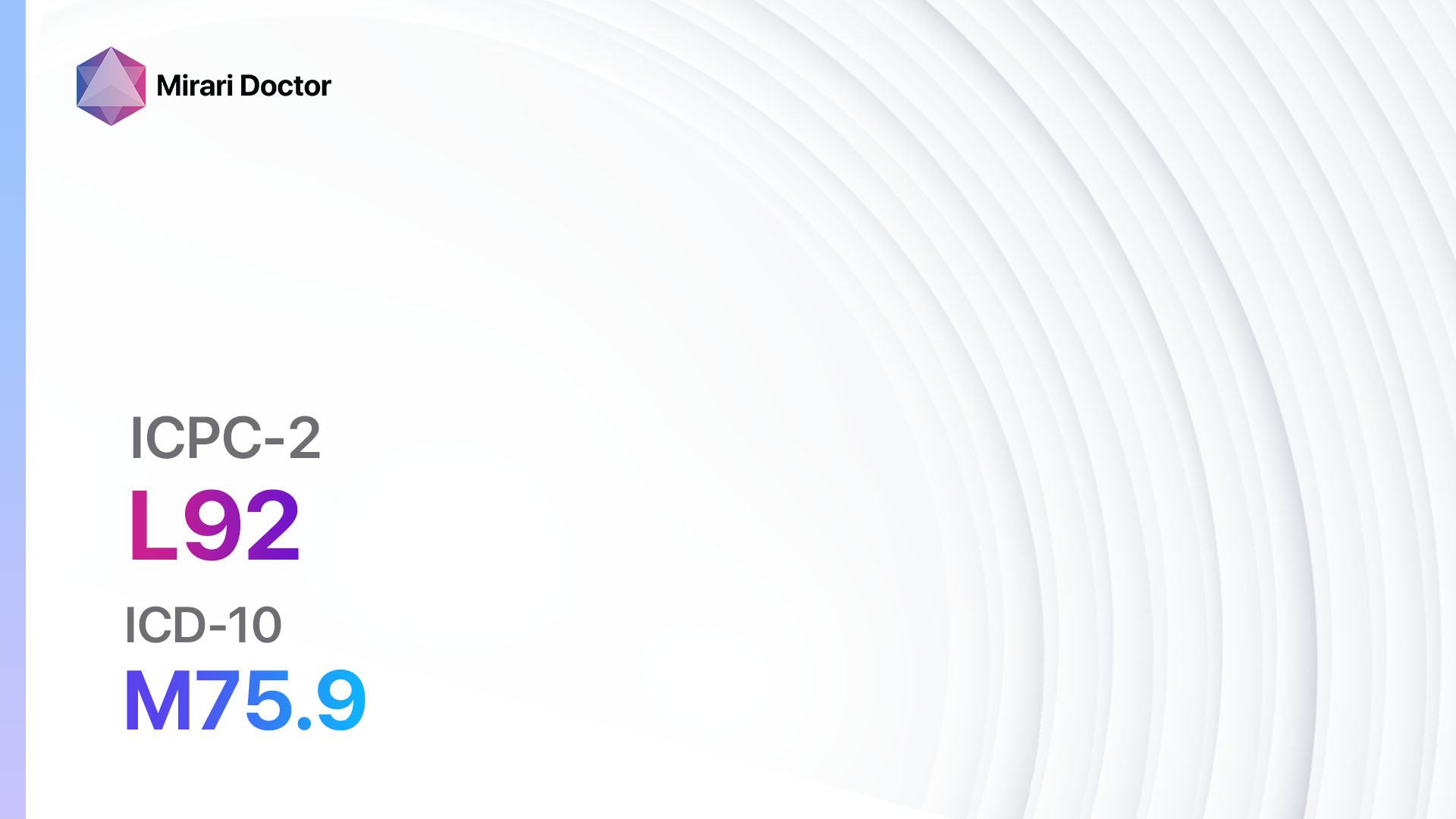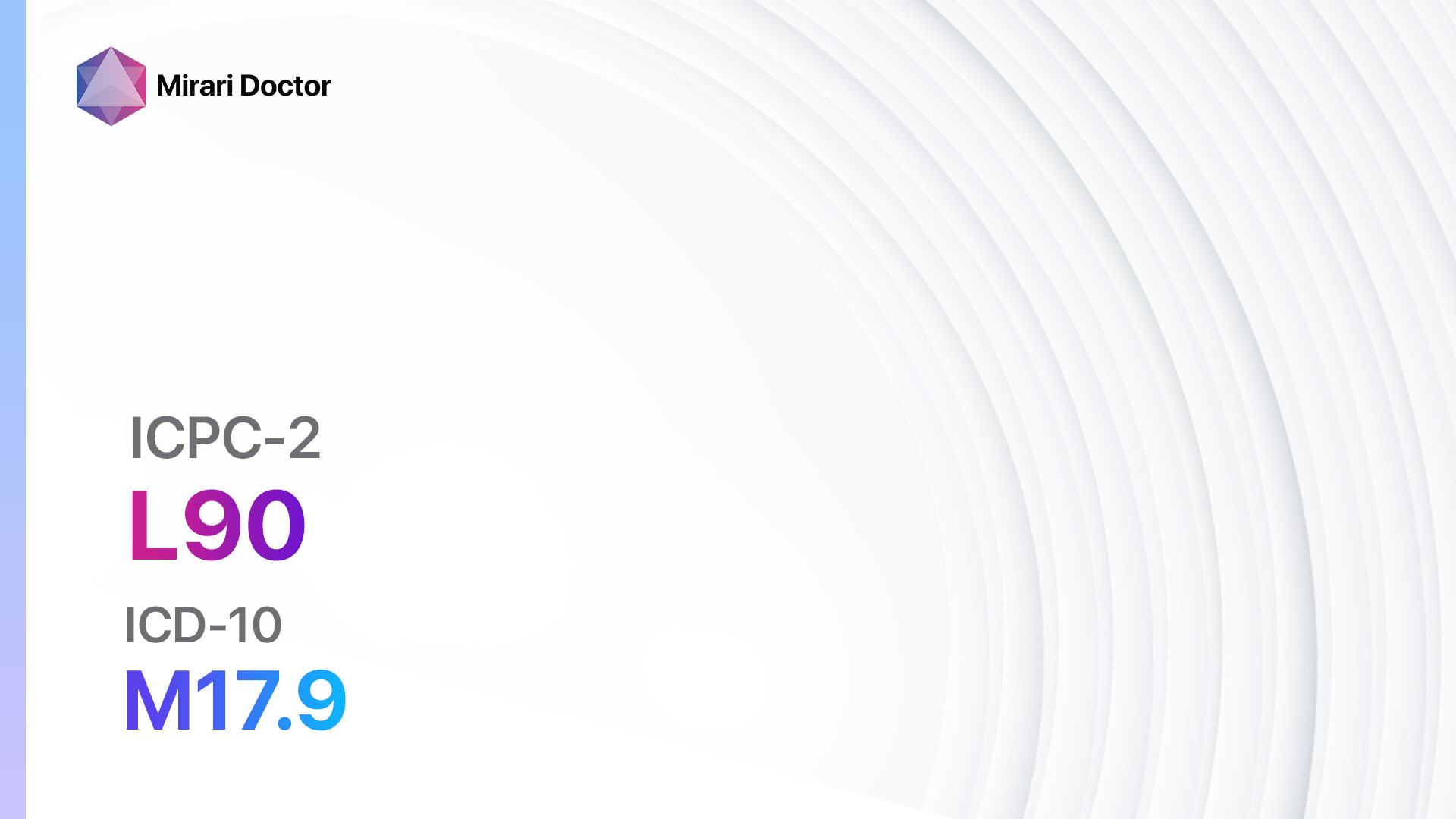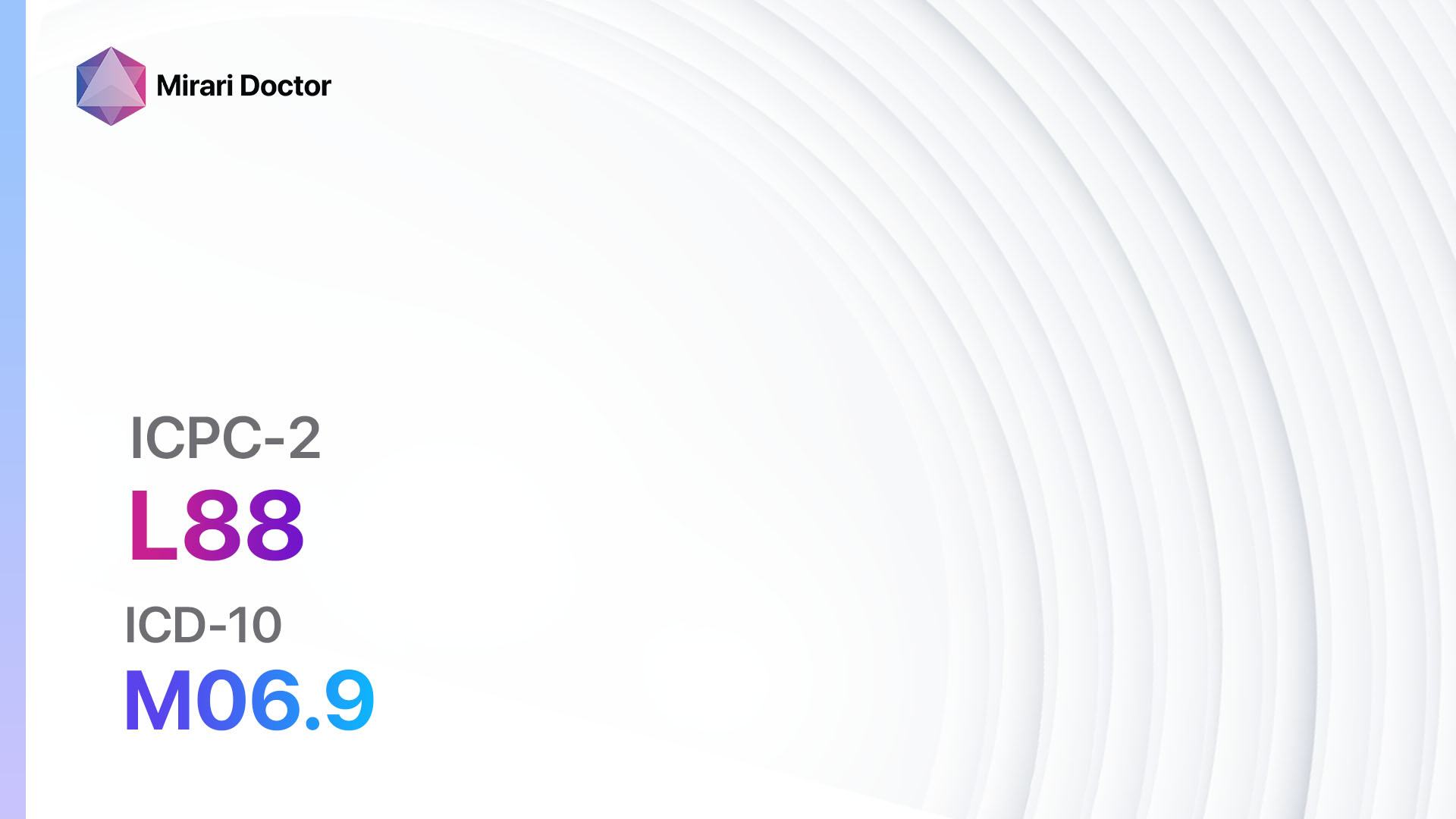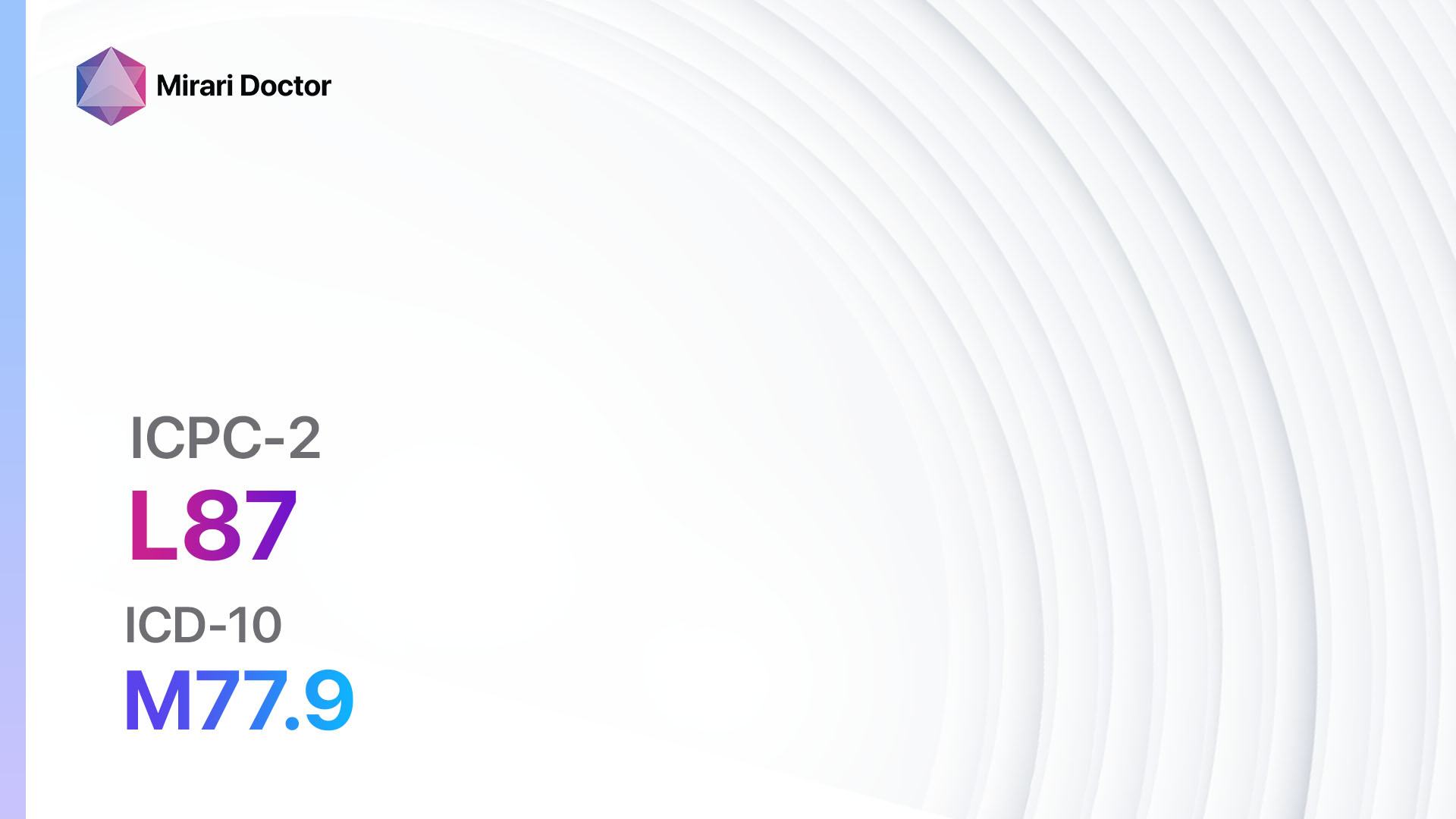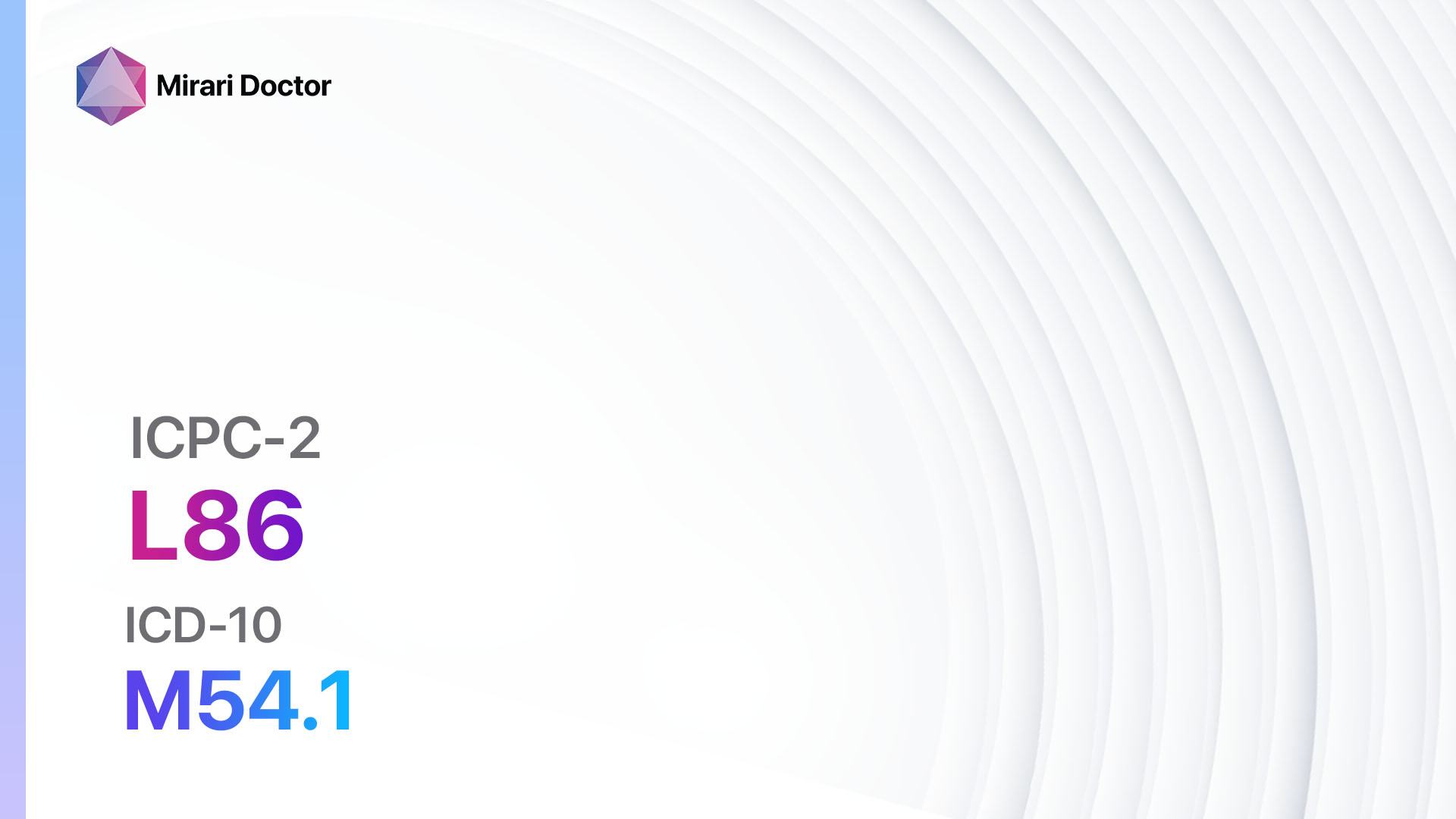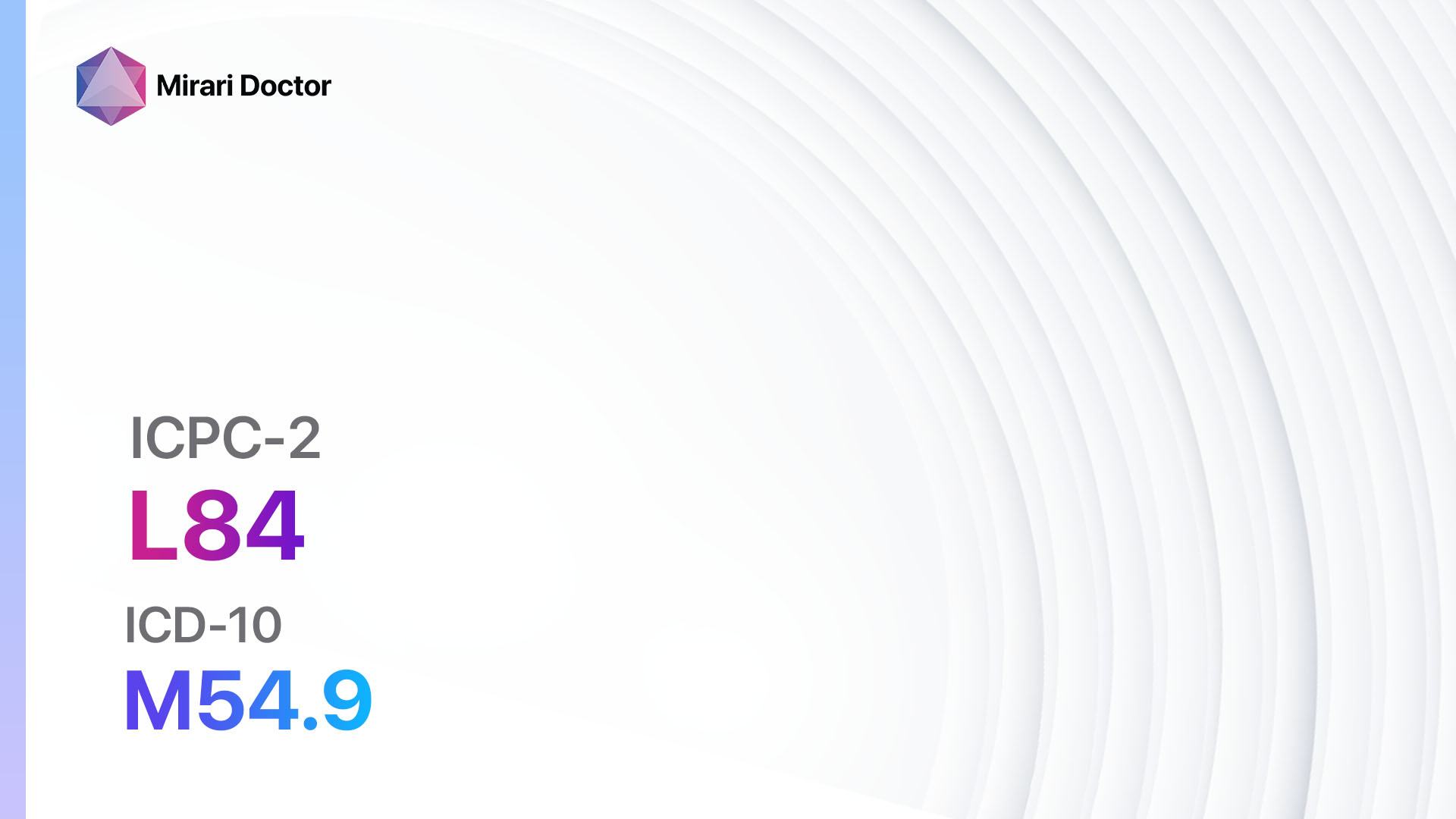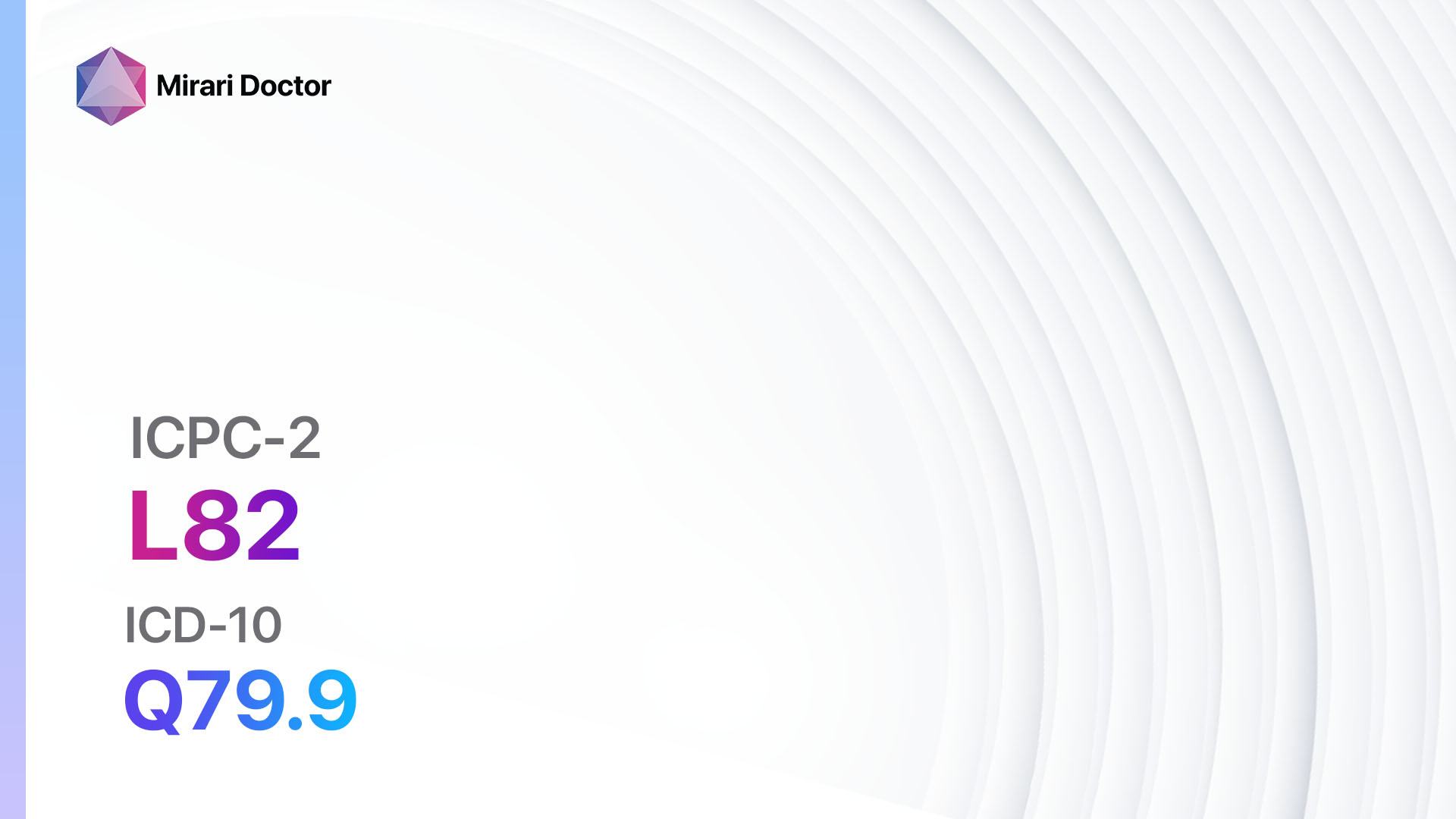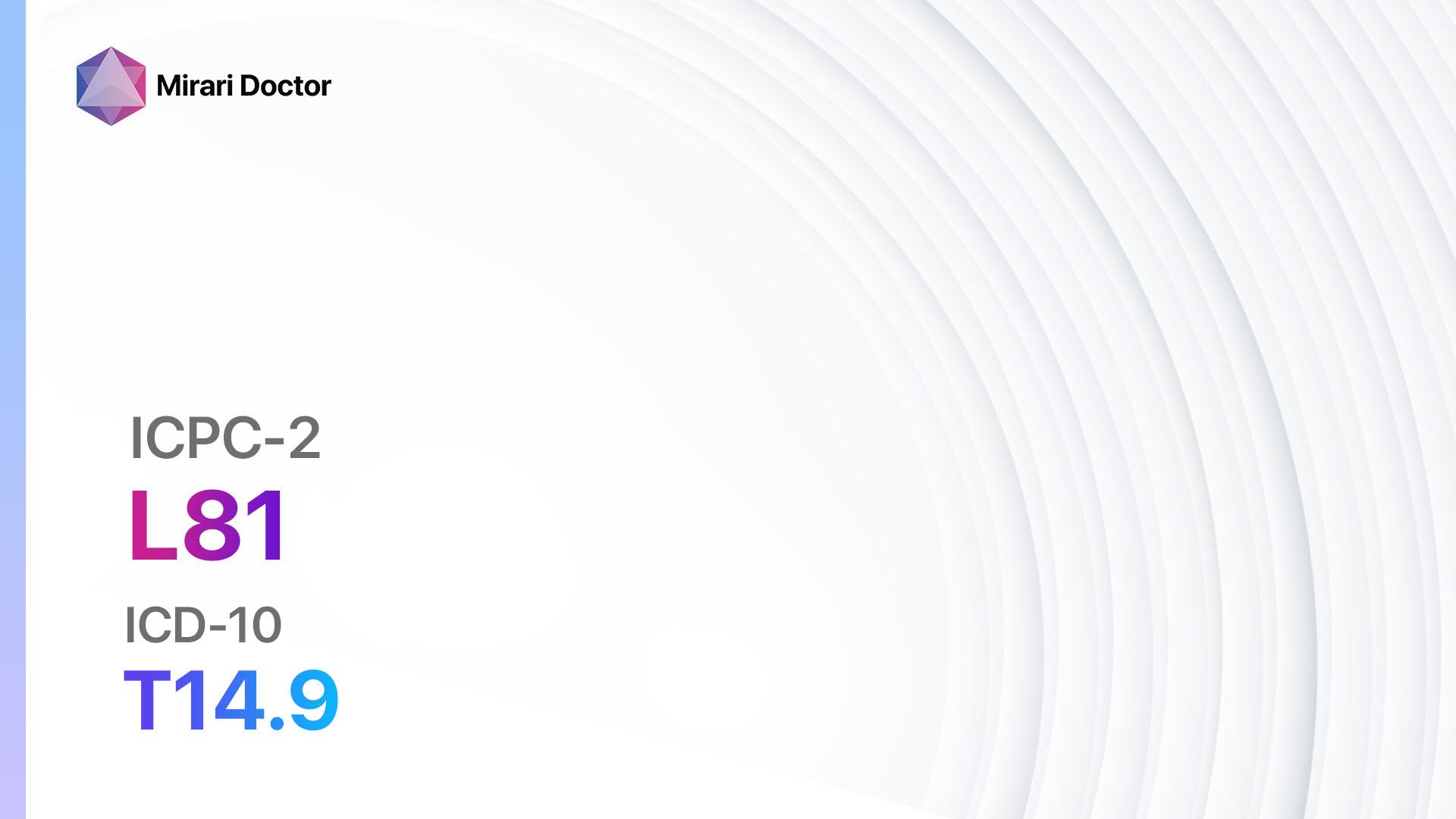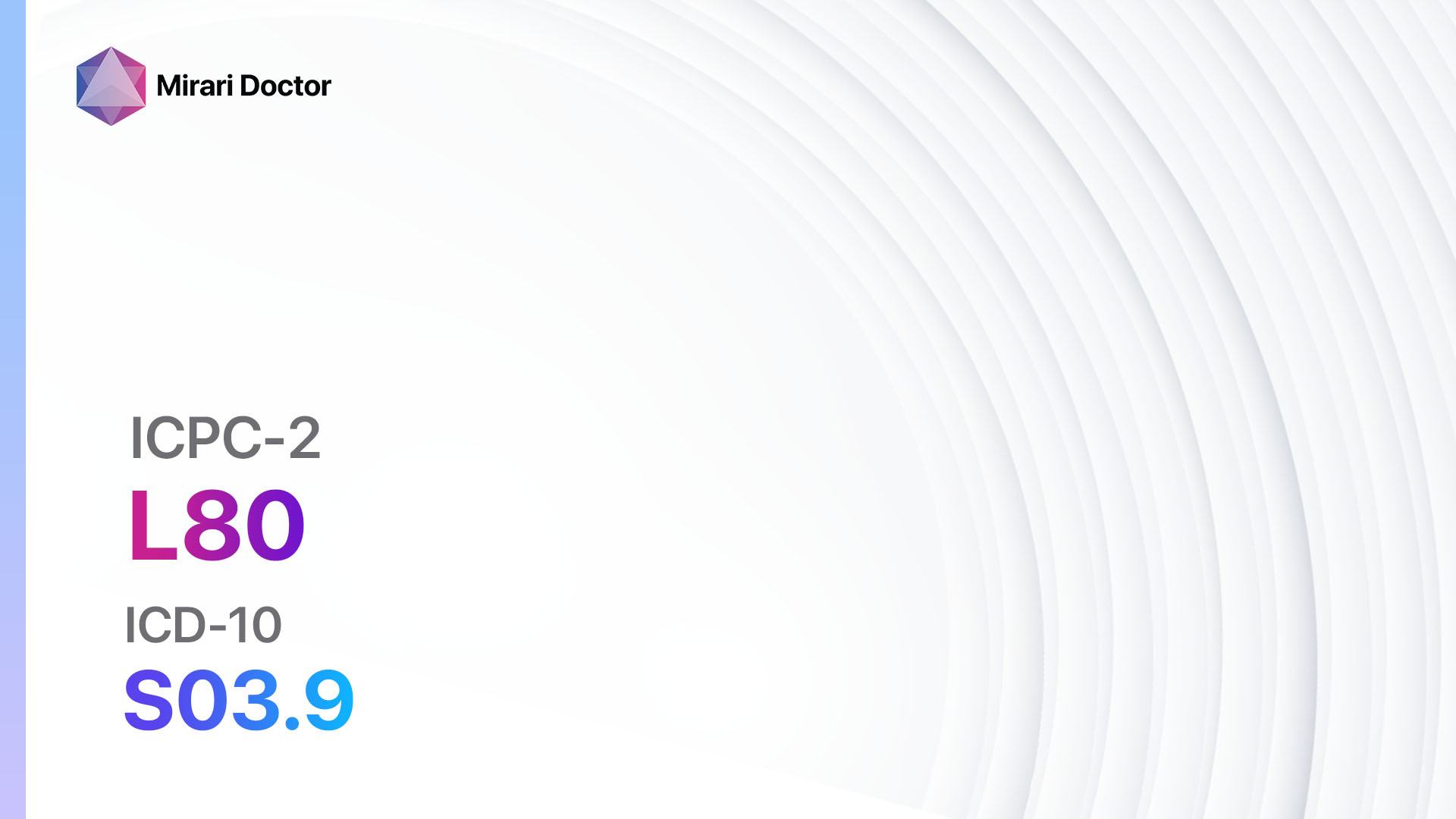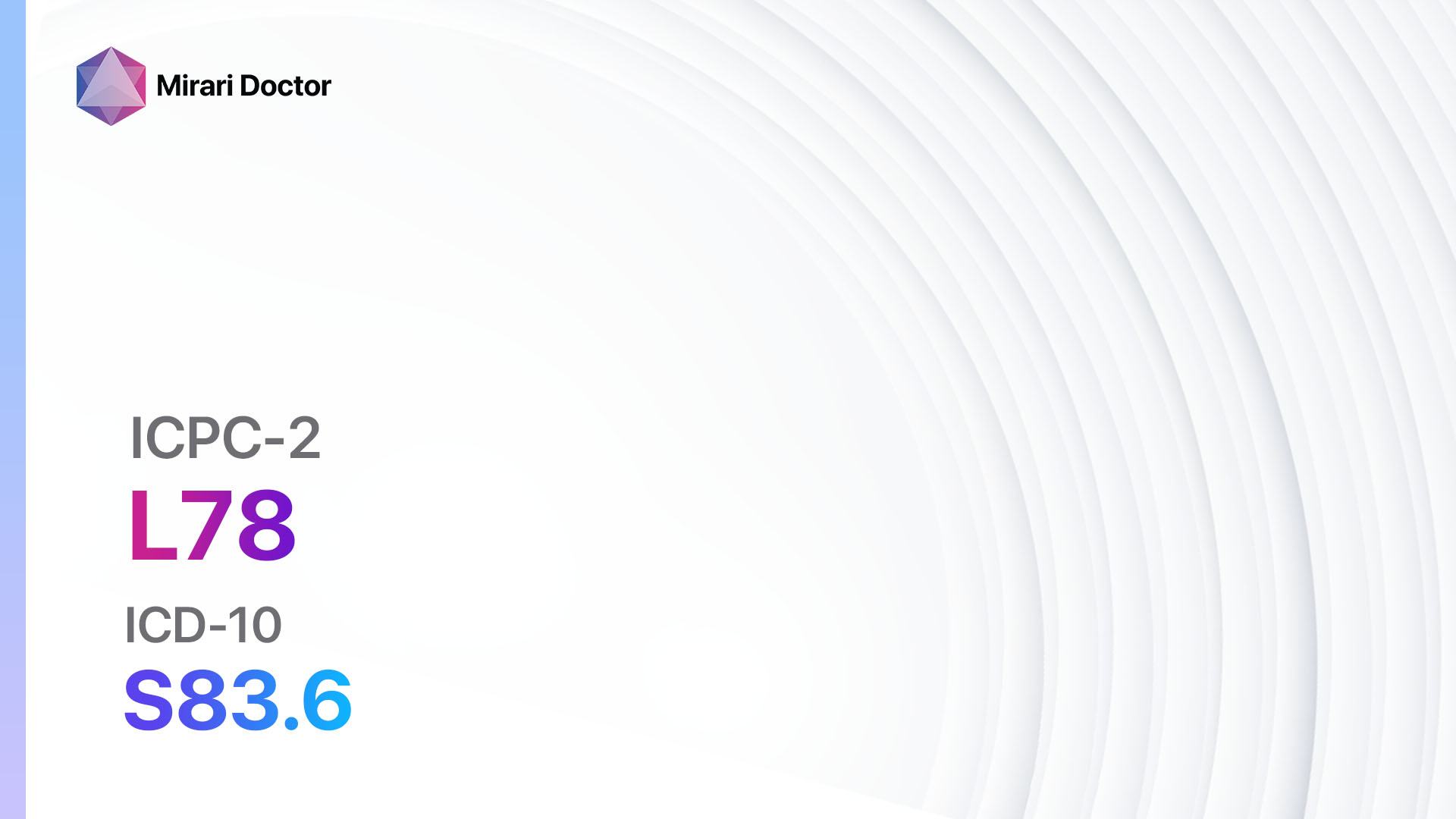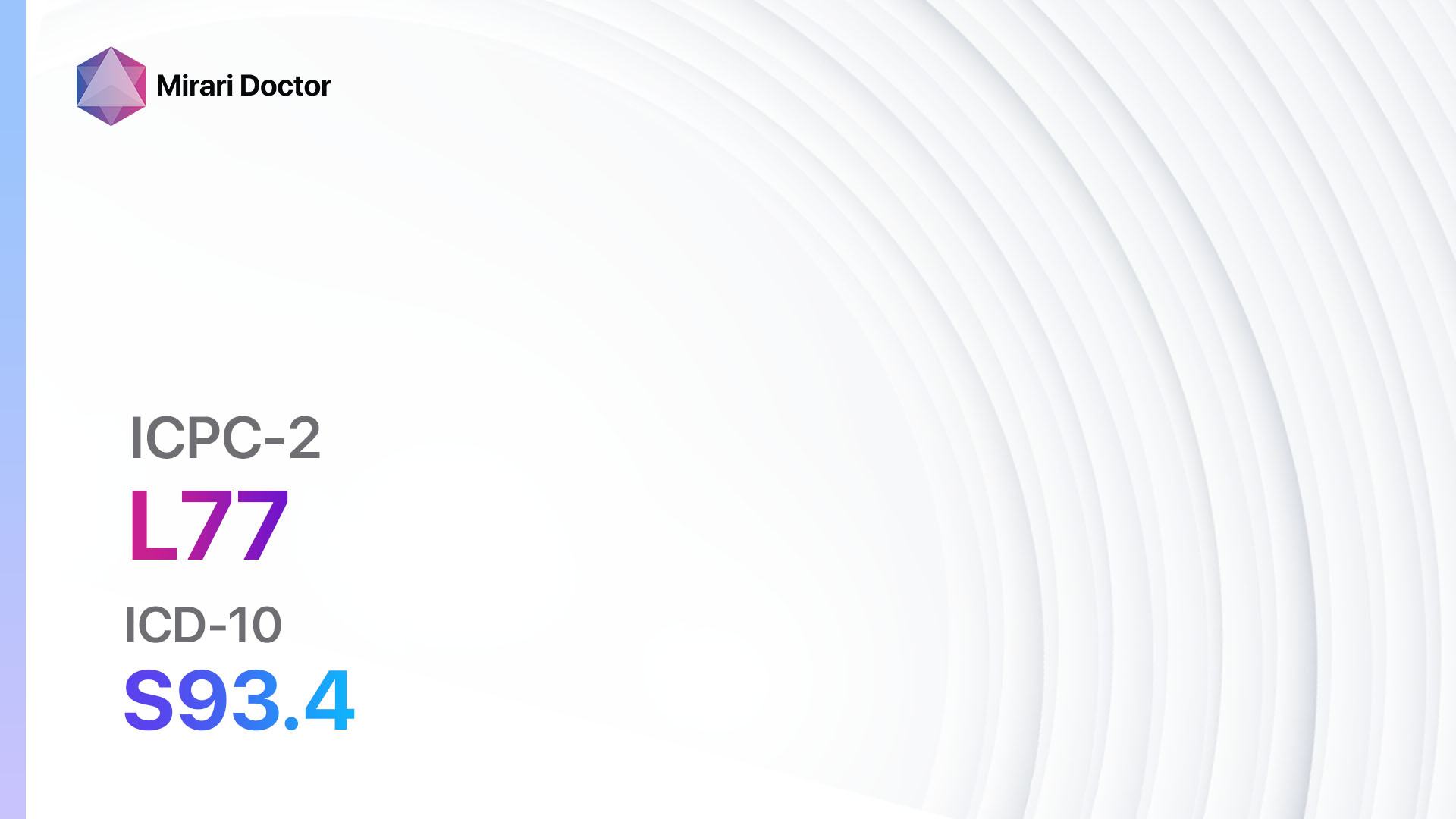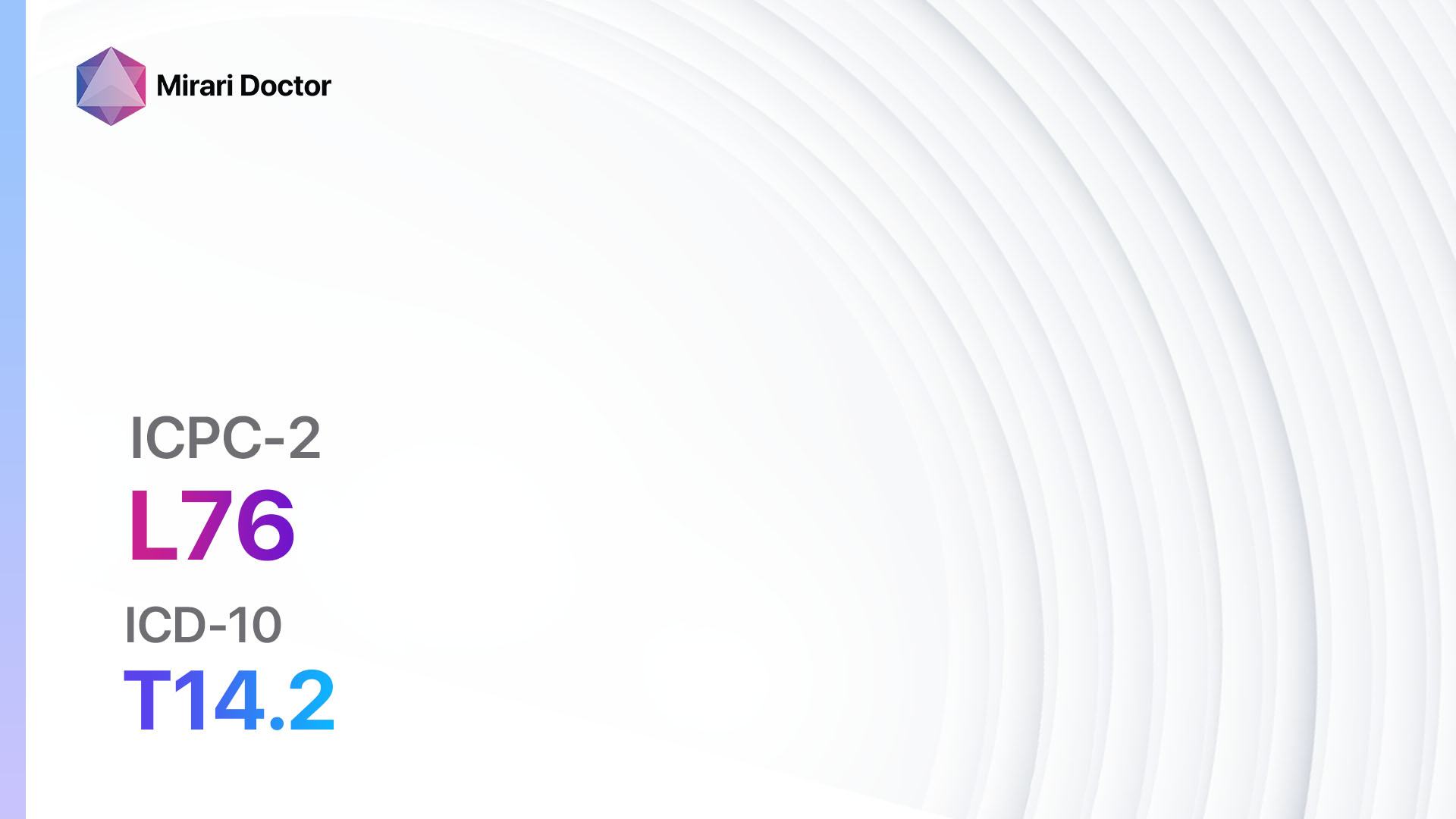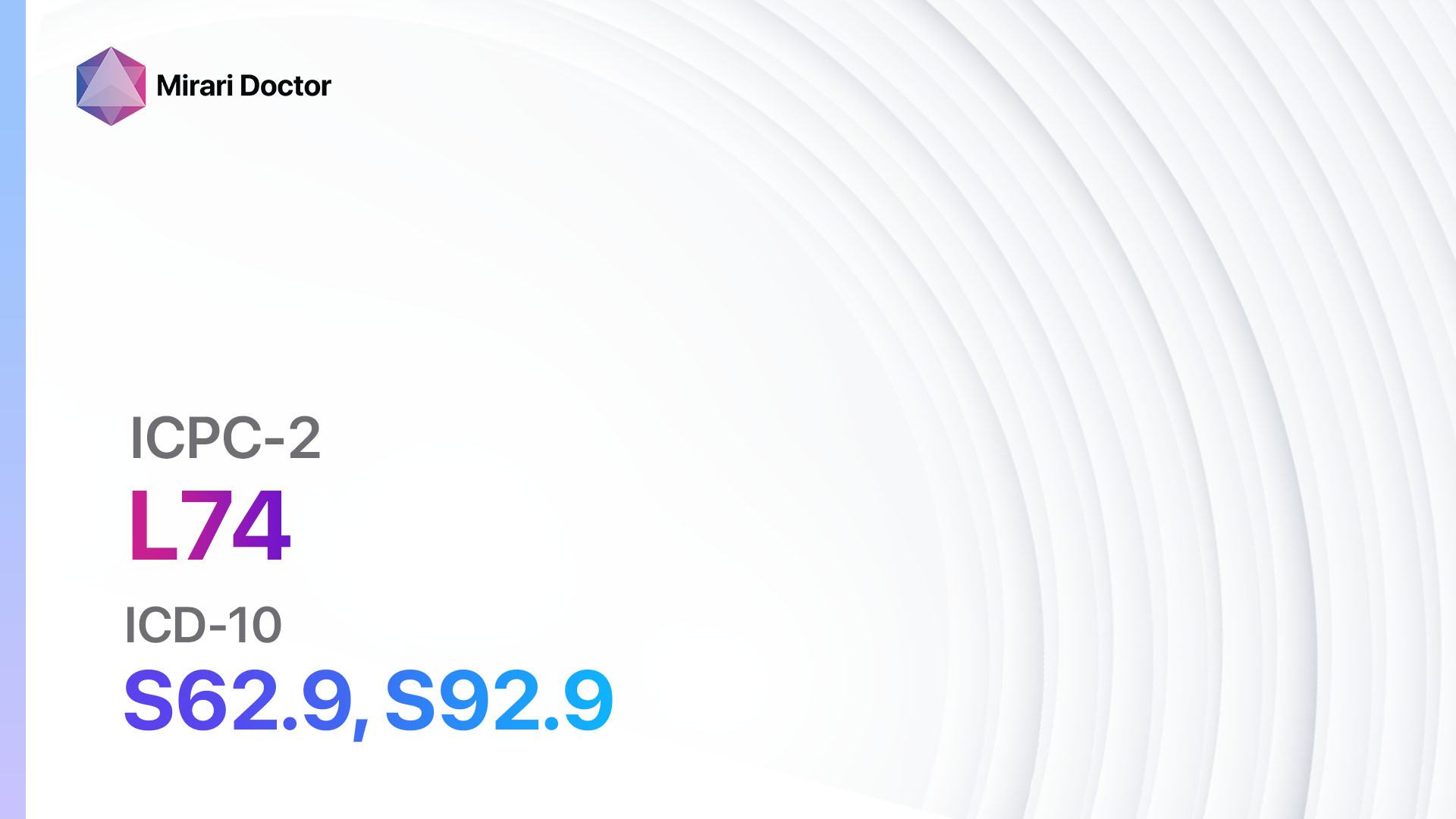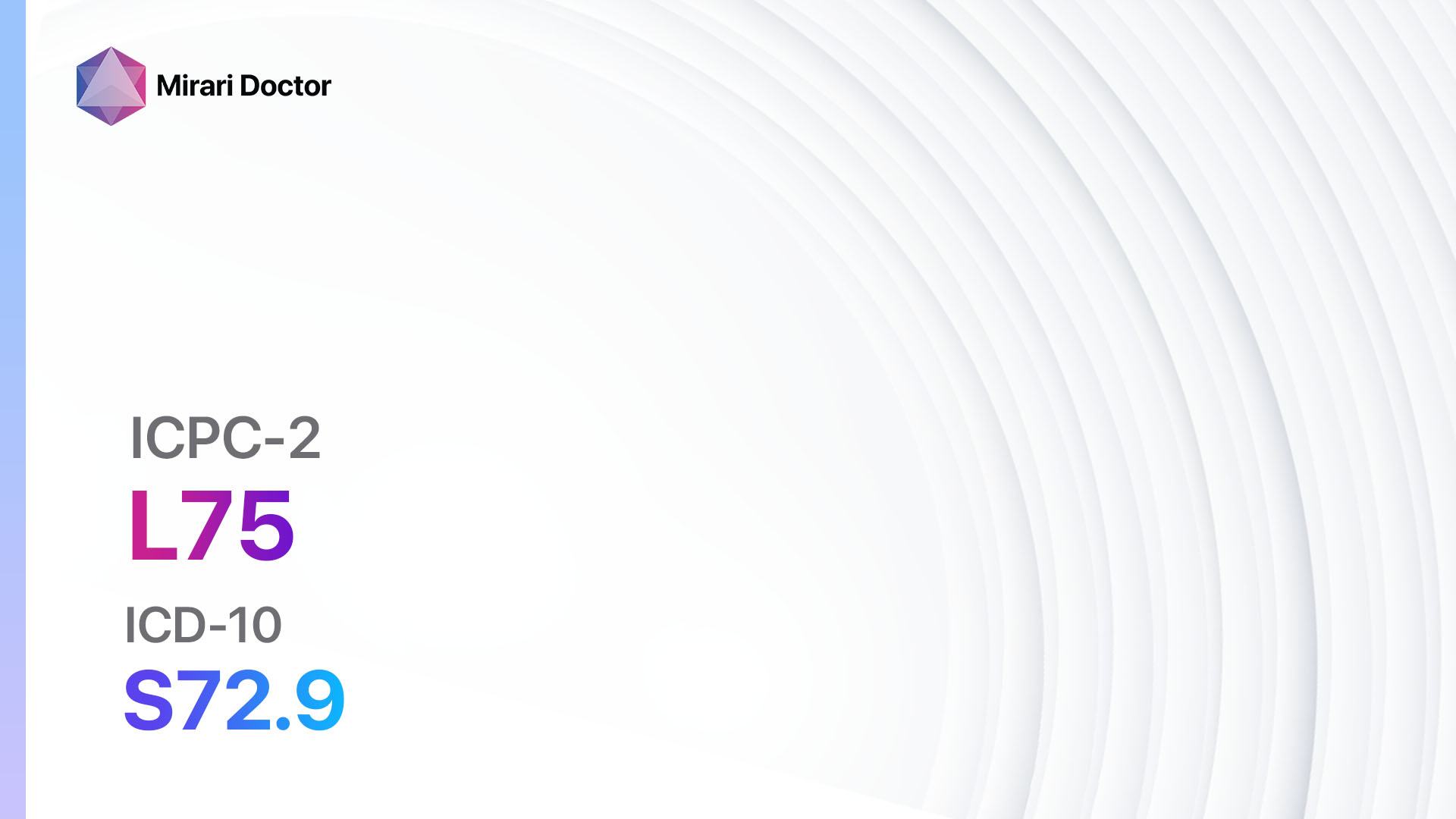
Introduction
Fracture of the femur is a common orthopedic injury that can result from trauma, falls, or accidents[1]. It is a significant condition as it can cause severe pain, immobility, and functional impairment[2]. The aim of this guide is to provide a comprehensive overview of the diagnosis and management of femur fractures.
Codes
Symptoms
- Severe pain in the thigh or hip area[5]
- Inability to bear weight on the affected leg[6]
- Swelling and bruising around the fracture site[7]
- Deformity or angulation of the leg[8]
- Limited range of motion in the hip or knee joint[9]
Causes
- Trauma, such as a car accident or a fall from a height[10]
- Sports injuries, especially in contact sports or high-impact activities
- Osteoporosis, which weakens the bones and makes them more prone to fractures
Diagnostic Steps
Medical History
- Gather information about the mechanism of injury, including the nature and severity of the trauma.
- Assess for any underlying medical conditions, such as osteoporosis or other bone disorders.
- Inquire about any previous fractures or surgeries involving the hip or femur.
Physical Examination
- Perform a thorough physical examination, including inspection, palpation, and range of motion assessment of the hip and knee joints.
- Look for signs of swelling, bruising, or deformity around the fracture site.
- Assess the patient’s ability to bear weight on the affected leg.
Laboratory Tests
- Complete blood count (CBC) to assess for anemia or infection.
- Blood chemistry panel to evaluate kidney and liver function.
- Coagulation studies to assess bleeding risk and clotting abnormalities.
Diagnostic Imaging
- X-rays of the hip and femur to visualize the fracture and assess its location, displacement, and alignment.
- CT scan or MRI may be necessary in complex fractures or to evaluate associated soft tissue injuries.
Other Tests
- Bone density scan (DEXA) to assess bone mineral density and screen for osteoporosis.
- Arterial and venous Doppler ultrasound to evaluate blood flow and rule out vascular injury.
- Electromyography (EMG) or nerve conduction studies to assess nerve function in cases of suspected nerve injury.
Follow-up and Patient Education
- Schedule regular follow-up appointments to monitor healing progress and assess for any complications.
- Provide patient education on weight-bearing restrictions, use of assistive devices, and rehabilitation exercises.
- Discuss the importance of adherence to prescribed medications and lifestyle modifications.
Possible Interventions
Traditional Interventions
Medications:
Top 5 drugs for femur fracture:
- Opioid analgesics (e.g., Oxycodone, Morphine):
- Cost: Varies depending on the specific medication and dosage.
- Contraindications: Allergy to opioids, respiratory depression.
- Side effects: Sedation, constipation, nausea.
- Severe side effects: Respiratory depression, addiction.
- Drug interactions: CNS depressants, MAO inhibitors.
- Warning: Risk of dependence and overdose.
- Nonsteroidal anti-inflammatory drugs (NSAIDs) (e.g., Ibuprofen, Naproxen):
- Cost: Generic versions can be $3-$20/month.
- Contraindications: Active peptic ulcer disease, renal impairment.
- Side effects: Upset stomach, gastrointestinal bleeding.
- Severe side effects: Kidney damage, cardiovascular events.
- Drug interactions: Anticoagulants, other NSAIDs.
- Warning: Prolonged use may increase the risk of adverse effects.
- Muscle relaxants (e.g., Cyclobenzaprine, Methocarbamol):
- Cost: Generic versions can be $10-$30/month.
- Contraindications: Glaucoma, urinary retention.
- Side effects: Drowsiness, dizziness, dry mouth.
- Severe side effects: Seizures, allergic reactions.
- Drug interactions: CNS depressants, MAO inhibitors.
- Warning: Avoid alcohol and activities requiring mental alertness.
- Anticoagulants (e.g., Heparin, Enoxaparin):
- Cost: Varies depending on the specific medication and dosage.
- Contraindications: Active bleeding, history of heparin-induced thrombocytopenia.
- Side effects: Bleeding, bruising.
- Severe side effects: Hemorrhage, allergic reactions.
- Drug interactions: NSAIDs, other anticoagulants.
- Warning: Frequent monitoring of coagulation parameters required.
- Antibiotics (e.g., Cefazolin, Clindamycin):
- Cost: Varies depending on the specific medication and dosage.
- Contraindications: Allergy to antibiotics, severe renal impairment.
- Side effects: Nausea, diarrhea, allergic reactions.
- Severe side effects: Clostridium difficile infection, Stevens-Johnson syndrome.
- Drug interactions: Other antibiotics, anticoagulants.
- Warning: Use with caution in patients with a history of antibiotic-associated colitis.
Alternative Drugs:
- Acetaminophen: An over-the-counter pain reliever that can be used in combination with other medications.
- Gabapentin: An anticonvulsant that can help relieve neuropathic pain.
- Bisphosphonates: Medications used to treat osteoporosis and prevent further bone loss.
- Calcium and vitamin D supplements: Essential for bone health and fracture healing.
- Benzodiazepines: May be prescribed for short-term use to relieve anxiety and muscle spasms.
Surgical Procedures:
- Open reduction and internal fixation (ORIF): Surgical procedure to align the fractured bone fragments and stabilize them with screws, plates, or rods. Cost: $10,000 to $50,000.
- Intramedullary nailing: Surgical procedure to insert a metal rod into the medullary canal of the femur to stabilize the fracture. Cost: $15,000 to $60,000.
- Total hip replacement: Surgical procedure to replace the damaged hip joint with an artificial joint. Cost: $30,000 to $50,000.
Alternative Interventions
- Physical therapy: Helps improve range of motion, strength, and functional mobility. Cost: $50-$150 per session.
- Acupuncture: May help reduce pain and promote healing. Cost: $60-$120 per session.
- Chiropractic care: Can assist with pain management and alignment of the spine. Cost: $50-$200 per session.
- Herbal supplements: Some herbs, such as Arnica and Bromelain, may have anti-inflammatory properties. Cost: Varies depending on the specific supplement.
- Homeopathic remedies: May be used to support fracture healing and reduce pain. Cost: Varies depending on the specific remedy.
Lifestyle Interventions
- Weight-bearing restrictions: Avoid putting weight on the affected leg as directed by the healthcare provider.
- Assistive devices: Use crutches, walkers, or wheelchairs to aid mobility and prevent further injury. Cost: Varies depending on the specific device.
- Physical activity modification: Avoid high-impact activities and follow a rehabilitation program tailored to the individual’s needs. Cost: Varies depending on the specific program.
- Nutritional support: Ensure an adequate intake of calcium, vitamin D, and protein to support bone healing. Cost: Varies depending on the specific dietary requirements.
- Smoking cessation: Quit smoking to promote bone healing and reduce the risk of complications. Cost: Varies depending on the specific smoking cessation program.
It is important to note that the cost ranges provided are approximate and may vary depending on the location and availability of the interventions.
Mirari Cold Plasma Alternative Intervention
Understanding Mirari Cold Plasma
- Safe and Non-Invasive Treatment: Mirari Cold Plasma is a safe and non-invasive treatment option for various skin conditions. It does not require incisions, minimizing the risk of scarring, bleeding, or tissue damage.
- Efficient Extraction of Foreign Bodies: Mirari Cold Plasma facilitates the removal of foreign bodies from the skin by degrading and dissociating organic matter, allowing easier access and extraction.
- Pain Reduction and Comfort: Mirari Cold Plasma has a local analgesic effect, providing pain relief during the treatment, making it more comfortable for the patient.
- Reduced Risk of Infection: Mirari Cold Plasma has antimicrobial properties, effectively killing bacteria and reducing the risk of infection.
- Accelerated Healing and Minimal Scarring: Mirari Cold Plasma stimulates wound healing and tissue regeneration, reducing healing time and minimizing the formation of scars.
Mirari Cold Plasma Prescription
Video instructions for using Mirari Cold Plasma Device – L75 Fracture: femur (ICD-10:S72.9)
| Mild | Moderate | Severe |
| Mode setting: 2 (Wound Healing) Location: 0 (Localized) Morning: 15 minutes, Evening: 15 minutes |
Mode setting: 2 (Wound Healing) Location: 0 (Localized) Morning: 30 minutes, Lunch: 30 minutes, Evening: 30 minutes |
Mode setting: 2 (Wound Healing) Location: 0 (Localized) Morning: 30 minutes, Lunch: 30 minutes, Evening: 30 minutes |
| Mode setting: 9 (Arthritis) Location: 0 (Localized) Morning: 15 minutes, Evening: 15 minutes |
Mode setting: 9 (Arthritis) Location: 0 (Localized) Morning: 30 minutes, Lunch: 30 minutes, Evening: 30 minutes |
Mode setting: 9 (Arthritis) Location: 0 (Localized) Morning: 30 minutes, Lunch: 30 minutes, Evening: 30 minutes |
| Total Morning: 30 minutes approx. $5 USD, Evening: 30 minutes approx. $5 USD |
Total Morning: 60 minutes approx. $10 USD, Lunch: 60 minutes approx. $10 USD, Evening: 60 minutes approx. $10 USD, |
Total Morning: 60 minutes approx. $10 USD, Lunch: 60 minutes approx. $10 USD, Evening: 60 minutes approx. $10 USD, |
| Usual treatment for 7-60 days approx. $70 USD – $600 USD | Usual treatment for 6-8 weeks approx. $1,260 USD – $1,680 USD |
Usual treatment for 3-6 months approx. $2,700 USD – $5,400 USD
|
 |
|
Use the Mirari Cold Plasma device to treat Fracture: femur effectively.
WARNING: MIRARI COLD PLASMA IS DESIGNED FOR THE HUMAN BODY WITHOUT ANY ARTIFICIAL OR THIRD PARTY PRODUCTS. USE OF OTHER PRODUCTS IN COMBINATION WITH MIRARI COLD PLASMA MAY CAUSE UNPREDICTABLE EFFECTS, HARM OR INJURY. PLEASE CONSULT A MEDICAL PROFESSIONAL BEFORE COMBINING ANY OTHER PRODUCTS WITH USE OF MIRARI.
Step 1: Cleanse the Skin
- Start by cleaning the affected area of the skin with a gentle cleanser or mild soap and water. Gently pat the area dry with a clean towel.
Step 2: Prepare the Mirari Cold Plasma device
- Ensure that the Mirari Cold Plasma device is fully charged or has fresh batteries as per the manufacturer’s instructions. Make sure the device is clean and in good working condition.
- Switch on the Mirari device using the power button or by following the specific instructions provided with the device.
- Some Mirari devices may have adjustable settings for intensity or treatment duration. Follow the manufacturer’s instructions to select the appropriate settings based on your needs and the recommended guidelines.
Step 3: Apply the Device
- Place the Mirari device in direct contact with the affected area of the skin. Gently glide or hold the device over the skin surface, ensuring even coverage of the area experiencing.
- Slowly move the Mirari device in a circular motion or follow a specific pattern as indicated in the user manual. This helps ensure thorough treatment coverage.
Step 4: Monitor and Assess:
- Keep track of your progress and evaluate the effectiveness of the Mirari device in managing your Fracture: femur. If you have any concerns or notice any adverse reactions, consult with your health care professional.
Note
This guide is for informational purposes only and should not replace the advice of a medical professional. Always consult with your healthcare provider or a qualified medical professional for personal advice, diagnosis, or treatment. Do not solely rely on the information presented here for decisions about your health. Use of this information is at your own risk. The authors of this guide, nor any associated entities or platforms, are not responsible for any potential adverse effects or outcomes based on the content.
Mirari Cold Plasma System Disclaimer
- Purpose: The Mirari Cold Plasma System is a Class 2 medical device designed for use by trained healthcare professionals. It is registered for use in Thailand and Vietnam. It is not intended for use outside of these locations.
- Informational Use: The content and information provided with the device are for educational and informational purposes only. They are not a substitute for professional medical advice or care.
- Variable Outcomes: While the device is approved for specific uses, individual outcomes can differ. We do not assert or guarantee specific medical outcomes.
- Consultation: Prior to utilizing the device or making decisions based on its content, it is essential to consult with a Certified Mirari Tele-Therapist and your medical healthcare provider regarding specific protocols.
- Liability: By using this device, users are acknowledging and accepting all potential risks. Neither the manufacturer nor the distributor will be held accountable for any adverse reactions, injuries, or damages stemming from its use.
- Geographical Availability: This device has received approval for designated purposes by the Thai and Vietnam FDA. As of now, outside of Thailand and Vietnam, the Mirari Cold Plasma System is not available for purchase or use.
References
- Denisiuk, M.; Afsari, A. Femoral Shaft Fractures. [Updated 2021 Jul 25]. In: StatPearls [Internet]. Treasure Island (FL): StatPearls Publishing; 2022 Jan-. Available from: https://www.ncbi.nlm.nih.gov/books/NBK556057/
- Neumann, M.V.; Südkamp, N.P.; Strohm, P.C. Management of femoral shaft fractures. Acta Chir Orthop Traumatol Cech. 2015;82(1):22-32.
- ICPC-2 PLUS, Version 6.0. The Family Medicine Research Centre, University of Sydney; 2017.
- ICD-10 Version:2019. World Health Organization. https://icd.who.int/browse10/2019/en#/S72.9
- Bhandari M, Swiontkowski M. Management of Acute Hip Fracture. N Engl J Med. 2017 Nov 23;377(21):2053-2062. doi: 10.1056/NEJMcp1611090.
- Biz C, Fantoni I, Crepaldi N, Zonta F, Buffon L, Corradin M, Lissandron A, Ruggieri P. Clinical practice and nursing management of pre-operative skin or skeletal traction for hip fractures in elderly patients: a cross-sectional three-institution study. Int J Orthop Trauma Nurs. 2019 Aug;34:32-40. doi: 10.1016/j.ijotn.2019.03.004.
- Hak DJ, Fitzpatrick D, Bishop JA, Marsh JL, Tilp S, Schnettler R, Simpson H, Alt V. Delayed union and nonunions: epidemiology, clinical issues, and financial aspects. Injury. 2014 Jun;45 Suppl 2:S3-7. doi: 10.1016/j.injury.2014.04.002.
- Bucholz RW, Heckman JD, Court-Brown CM, eds. Rockwood and Green’s Fractures in Adults. 6th ed. Philadelphia, PA: Lippincott Williams & Wilkins; 2006.
- Platzer P, Schuster R, Aldrian S, Prosquill S, Krumboeck A, Zehetgruber I, Kovar F, Schwameis K, Vécsei V. Management and outcome of interprosthetic femoral fractures. Injury. 2010 Nov;41(11):1219-26. doi: 10.1016/j.injury.2010.03.003.
- Agarwal-Harding KJ, Meara JG, Greenberg SL, Hagander LE, Zurakowski D, Dyer GS. Estimating the global incidence of femoral fracture from road traffic collisions: a literature review. J Bone Joint Surg Am. 2015 Mar 18;97(6):e31. doi: 10.2106/JBJS.N.00314.
Related articles
Made in USA



